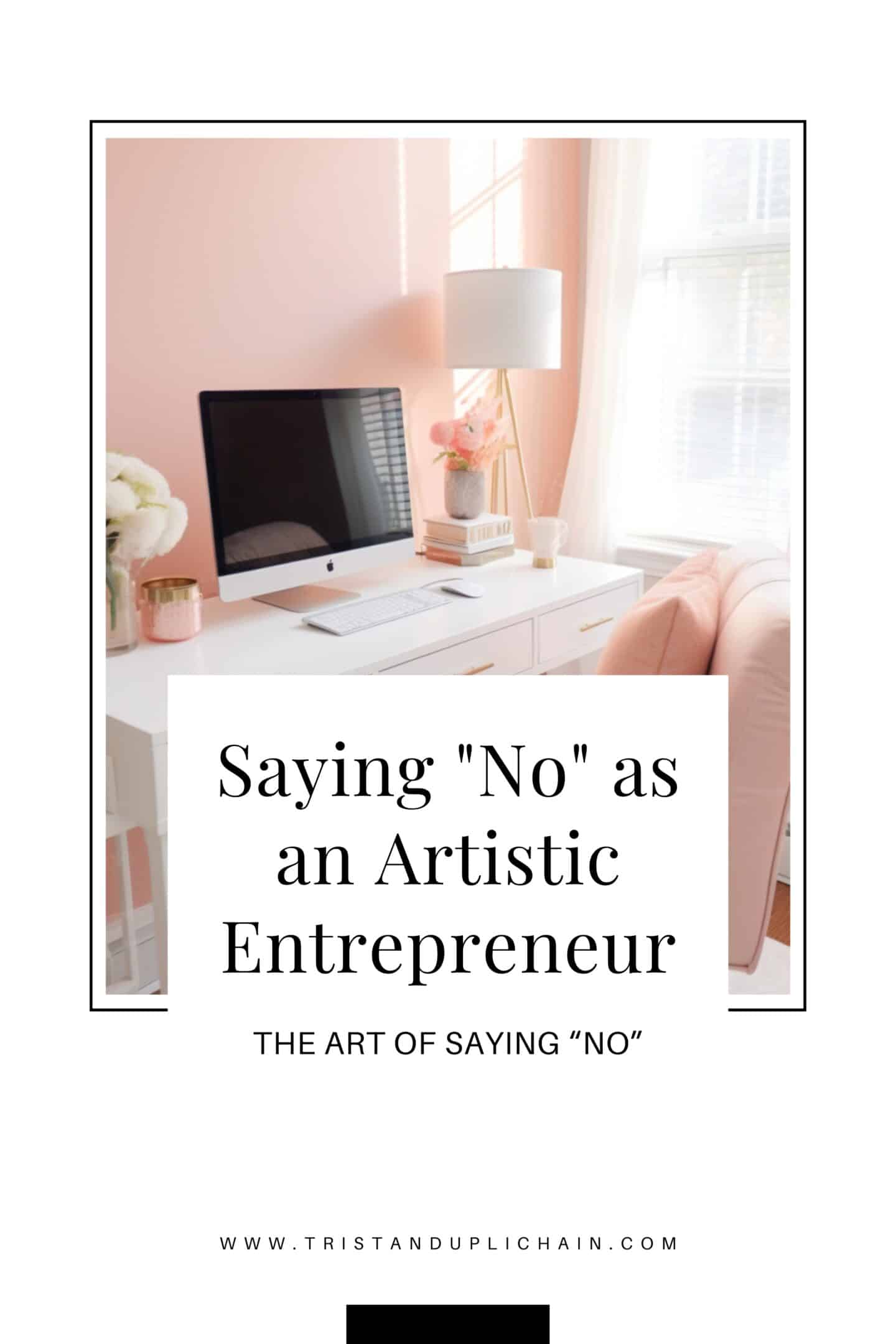
As a creative professional
whether you find your passion in photography, design, coaching, or any other artistic pursuit, your business revolves around channeling your creative abilities to assist others. While you may identify with one or more of the roles mentioned, the reality is that you can’t be all things to everyone. The challenge lies in the occasional discomfort that arises when it becomes necessary to utter that two-letter word, “no.” Believe me, I understand the complexity of that feeling.
In the realm of creative entrepreneurship, we often encounter clients with high expectations. While it would be extraordinary to perform an array of tasks simultaneously, the truth is, it’s not feasible. There are instances where clients assume we possess boundless capabilities, prompting the need to assertively decline. It sounds straightforward, doesn’t it? However, why does the mere utterance of those two letters evoke such unease? Could it be the desire to be a master of all trades, even when acknowledging our limitations? Or perhaps it’s the reluctance to risk displeasing clients and potentially losing a sale? Likely, it’s a blend of both factors.
One shared experience among creatives is grappling with clients who request tasks beyond our comfort zones or areas of expertise. Whether it’s extensive editing that demands hours of work or a stylistic mismatch, we, as creatives, deserve the opportunity to collaborate with our ideal clients—after all, collaboration is a two-way street.
Navigating the Art of Saying No
Admittedly, declining additional tasks or rejecting a project isn’t a simple task. However, practice does pave the way for proficiency. The next time a potential collaborator makes a request that doesn’t align with your comfort level, don’t hesitate to decline. And no, I’m not suggesting slamming the door shut while yelling “NO!” There are tactful ways to turn down a project that maintain professionalism and won’t alienate your client base.
If your intuition signals a misalignment of styles, express gratitude for their interest while diplomatically stating that you’re uncertain about being the best fit for them. It’s as straightforward as that. Yes, it might be uncomfortable, but taking decisive action will bolster your confidence. In the case of clients seeking additional tasks beyond the agreed scope, convey your willingness (if genuine) but make it clear that there will be an additional cost, given that it extends beyond the initial contract. It’s only fair to be compensated for your time and creative expertise.
Self-Reflection: A Crucial Creative Compass
Saying “no” to anyone, whether they’re family, friends, or colleagues, is never a walk in the park. Extending that “no” to potential or current clients adds another layer of complexity. Yet, it’s crucial to acknowledge that it’s not just okay—it’s sometimes necessary. Before embarking on a new project, engage in a self-check. Ask yourself: Can I collaborate effectively with this person? Are their demands excessive? Do our creative visions align? Regular self-reflection is a compass that guides the entire creative experience for everyone involved. And as for the concern about potentially alienating dream clients you’ve diligently worked to attract, the resounding answer is: No.
Be the first to comment